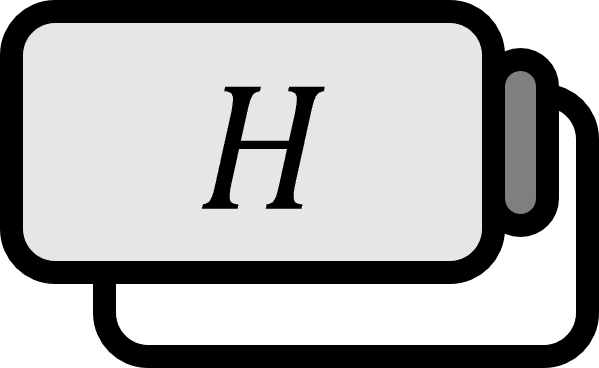Properties of Zero in Inner Product Spaces
Theorem
Let’s call $\left( X, \left\langle \cdot,\cdot \right\rangle \right)$ an inner space.
(a) For all $\mathbf{x}\in X$, the following holds:
$$ \left\langle \mathbf{0},\mathbf{x} \right\rangle = 0 $$
(b) For all $\mathbf{x}\in X$, there exists only one element in $X$ that satisfies the following equation:
$$ \forall \mathbf{x}\in X,\ \left\langle \mathbf{x},\mathbf{y} \right\rangle = 0 \implies \mathbf{y}=\mathbf{0} $$
(c) Let’s call it $\mathbf{y}, \mathbf{\mathbf{z}} \in X$. And
$$ \begin{equation} \left\langle \mathbf{x},\mathbf{y} \right\rangle =\left\langle \mathbf{x}, \mathbf{z} \right\rangle, \quad \forall \mathbf{x}\in X \end{equation} $$
Assuming that, the following holds:
$$ \mathbf{y}=\mathbf{z} $$
Explanation
The bold $\mathbf{0}$ signifies the zero vector as the identity element of addition in the vector space $X$. $0$ means the constant $0$.
Proof
(a)
By the definition of inner products,
$$ \begin{align*} \left\langle \mathbf{0},\mathbf{x} \right\rangle =&\ \left\langle \mathbf{x}-\mathbf{x},\mathbf{x} \right\rangle \\ =&\ \left\langle \mathbf{x},\mathbf{x} \right\rangle -\left\langle \mathbf{x},\mathbf{x} \right\rangle \\ =&\ 0 \end{align*} $$
■
(b)
Assuming (a) holds for an element $\mathbf{y} \in X$ that is not $\mathbf{0}$, then $\mathbf{y}$ must have an inner product of $0$ with all elements of $X$, thus the inner product with itself must also be $0$.
$$ \left\langle \mathbf{y},\mathbf{y} \right\rangle = 0 $$
However, this contradicts the definition of the inner product, therefore the only element that satisfies (a) is $\mathbf{0}$.
■
(c)
Assuming $(3)$,
$$ \left\langle \mathbf{x},\mathbf{y}-\mathbf{z} \right\rangle = 0 \quad \forall \mathbf{x}\in X $$
and by (b),
$$ \begin{align*} && \mathbf{y}-\mathbf{z} =&\ \mathbf{0} \\ \implies && \mathbf{y} =&\ \mathbf{z} \end{align*} $$
■
